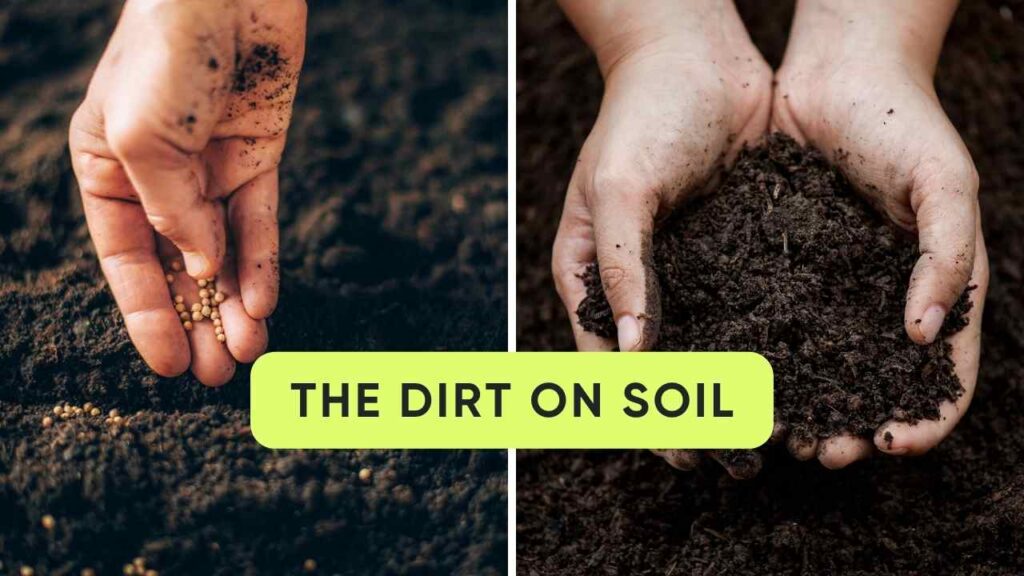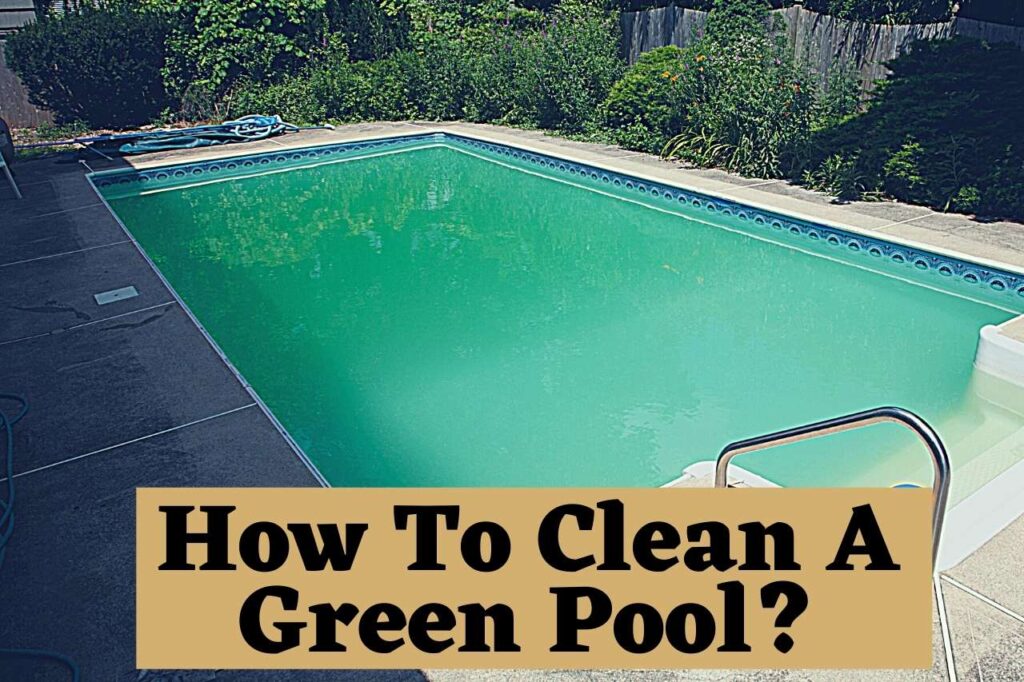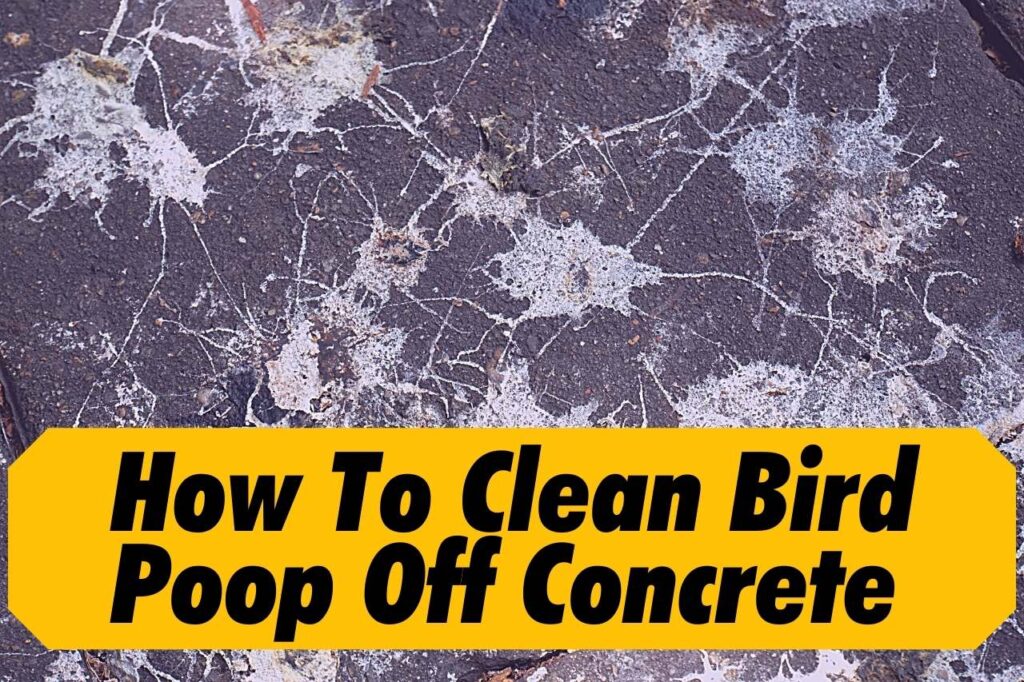Welcome to the beautiful world of homestead gardening! Whether you’ve got a big backyard or just a tiny corner to spare, you can embark on this rewarding journey of growing your food. It’s like having your mini-farm; I promise you, it’s a lot of fun!
Benefits Galore
Let’s dive right in and talk about the perks of homestead gardening. First off, it’s your ticket to a sustainable food source. Say goodbye to those hefty grocery bills. Imagine plucking your tomatoes, cucumbers, and herbs straight from the garden for dinner tonight. Your taste buds are in for a treat, and your wallet will also be grateful.
But it’s not just about savings. You’re also doing your bit for the planet by tending to your garden. You’re reducing your carbon footprint, conserving biodiversity, and making the Earth greener, one seed at a time.
And guess what? Homestead gardening isn’t just good for your pocket and the planet; it’s also a boon for your health. Fresh, organic crops are at your fingertips, so your meals are packed with nutrients. Plus, all that digging and weeding counts as exercise – a win-win!
But here’s the real secret sauce: homestead gardening is a fantastic way to build connections in your community. Sharing your excess produce with friends and neighbors is a great way to bond. You might even start a gardening club!
Planting the Seeds of Success
Now that you’re sold on the idea let’s talk about how to get started. The first step is picking the right spot for your garden. Remember, sunlight is your plants’ best friend, so find a sunny patch in your yard. The soil should be nice and crumbly – not too sandy or clayey.
Once you’ve got your spot, it’s time to plan your garden. Depending on your space and preference, you can go for raised or in-ground beds. And here’s a neat trick – try companion planting! Certain plants are like BFFs in the garden, protecting each other from pests and helping each other grow.
Now, what are you going to plant? Veggies, fruits, herbs – the choices are endless! But why not also consider native plants? They’re a breeze to grow and provide a haven for local wildlife.
Of course, you’ll need some tools – nothing too fancy. Just your essential gardening gear and perhaps an irrigation system to keep things hydrated, especially during those scorching summer days.
The Dirt on Soil

Let’s talk about soil – the unsung hero of your garden. Before you get planting, do a soil test. Check the pH levels and see if your soil needs a little TLC. Don’t worry; it’s not as complicated as it sounds. You can adjust the pH with some simple soil amendments.
Oh, and speaking of amendments, composting is your new best friend. It’s like magic for your garden – turning kitchen scraps into nutrient-rich gold. Set up a compost bin; in no time, you’ll have your own supply of black gold to sprinkle on your plants.
And remember mulching! Mulch helps retain moisture, keeps the weeds at bay, and adds a polished look to your garden beds. Plus, it’s an excellent insulator for your plants during those chilly nights.
From Seed to Supper
Now, the exciting part – planting and growing! Timing is key here, so follow a planting schedule based on your region’s seasons. You can even try succession planting for a continuous harvest all year round. It’s like having a never-ending buffet in your backyard!
Choosing the right seeds is crucial. Go for quality seeds from reputable sources. You can begin them indoors and then transplant them to the garden. Just think of it as nurturing little green babies.
But, alas, every garden has its villains – pests and diseases. Fear not, though! There are natural ways to keep those critters at bay. You can also employ organic methods to prevent diseases from spreading like wildfire.
Water World
Now, let’s take a deep dive into the fascinating world of watering your garden. When it comes to homestead gardening, watering is a bit like conducting an orchestra – you need just the right rhythm and harmony.
Overwatering is a common pitfall for beginners, often stemming from a well-intentioned desire to pamper your plants. But here’s the scoop: plants need a balanced amount of water, not a flood. Too much water can drown their roots and lead to a soggy disaster. Conversely, you don’t want your garden to become a desert either.
To strike the perfect balance:
- Observe your soil.
- Stick your finger in the ground – if it’s dry an inch or two below the surface, it’s time to water. If it’s still moist, hold off for a bit.
- Remember, it’s all about listening to your garden’s needs.
Here’s a pro tip that will make Mother Nature proud: consider rainwater harvesting. It’s like recycling at its finest. Set up a few rain barrels, and you’ll collect water straight from the heavens. It’s free and eco-friendly, and your plants will thank you for this pure, unchlorinated goodness. So, when the rain starts to fall, consider it a gift from above for your beloved garden.
With some practice, you’ll become a water wizard, keeping your garden hydrated and happy all season long. So, grab that watering can and become the conductor of your garden orchestra.
Harvesting and Beyond
When it’s time to harvest, trust your senses. Look for the signs of ripeness, like vibrant colors and that irresistible aroma. Harvesting your food is like discovering buried treasure in your backyard.
Now, what do you do with your bountiful harvest? You can preserve it through canning, freezing, or drying. Imagine enjoying your homegrown veggies even in the dead of winter!
Making the Most of Your Space
If you’re thinking, “My garden space is limited, what can I do?” – fear not! You can still work wonders with even the tiniest corners of your home. It’s time to get creative and maximize your space like a gardening magician.
Vertical gardening is your secret weapon. It’s like adding another dimension to your garden. Think trellising and staking – they’re not just for supporting plants but also for growing them upwards. Imagine colorful vines and delicious fruits climbing gracefully toward the sky. Hanging gardens are another trick up your sleeve, especially if you’ve got a balcony or small patio. You can suspend pots and planters, creating a stunning cascade of greenery.
And for those with minimal outdoor space, container gardening is your best friend. Even a little balcony can become a lush oasis. Just choose the proper containers, fill them with the right soil, and watch your garden thrive right before your eyes.
So, no matter how limited your space, there’s always a way to make it green and beautiful. Get ready to transform every nook and cranny into a green haven, and let your garden’s imagination run wild!
Livestock Love
If you’re feeling adventurous, consider adding some livestock to the mix. Chickens and ducks can be a great addition to your homestead. They’ll help with pest control, provide fresh eggs, and contribute to your compost pile.
Overcoming Challenges
Every homesteader faces challenges. Weeds, soil erosion, and extreme weather can be formidable foes. But fear not! We’ll equip you with tips and tricks to tackle these challenges head-on.
Sustainability and Ethical Gardening
Homestead gardening is not just about growing food; it’s a way of life. Discover permaculture principles, reduce, reuse, and recycle in your garden, and support local, sustainable agriculture.
Conclusion
And there you have it – the ultimate guide to homestead gardening! You’re now armed with the knowledge to turn that empty plot into a thriving oasis of fresh, organic goodness. Happy gardening!
Gardening in an Apartment: Tips and Tricks
Beyond the Bloom: Discover the Delights of Mini Gardening


